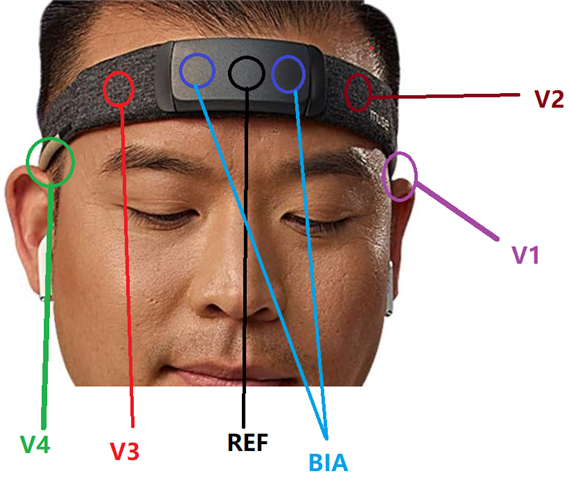Hi TI Teams,
One of customer report that they have found a ECG signal waveform drift problem when using the PCBA to collect the output data. The details are shown as below:
1) The PCBA board is configured as follows:
-Power supply: analog power +5V, digital power +3.3V;
- Use internal reference voltage and internal clock;
- BIASREF=(AVDD-AVSS)/2;
-Data output rate: 250Hz;
-Gain is 1;
2) Data collection steps:
Stand still for 20 seconds, blink 10 times at 1 second intervals, then close the eyes for 20 seconds, blink 10 times at 1 second intervals, and finally close the eyes for 10 seconds to complete the test.
3) Data waveform as below:

Our customers want to know how this offset can be improved or eliminated? Can you give us some better suggestion for this problem?
Thanks,
Best Regards



